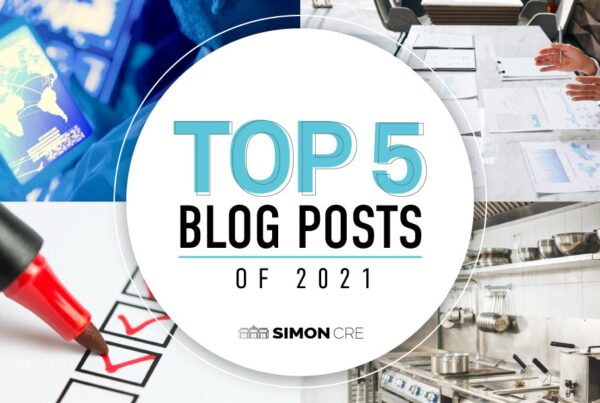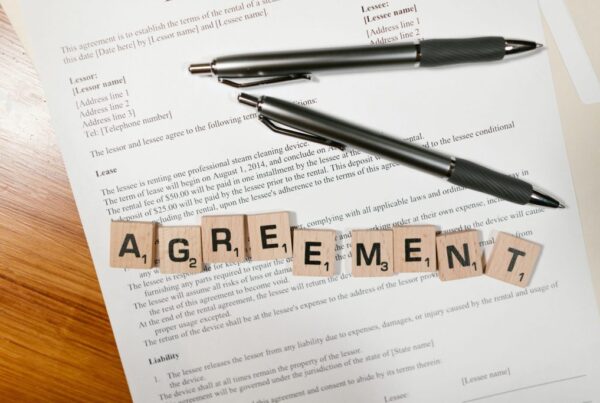This post originally appeared on SimonCRE Insights Blog and is republished with permission. Find out how to syndicate your content with theBrokerList.

When it comes to obtaining a loan for a prospective commercial real estate property, an appraisal will provide the value baseline for the lender to determine how much debt to provide. Typically, you can expect most lenders to look for at least a 65% to 70% loan-to-value ratio.
Knowing the value will not only determine how much you would be borrowing for the property, but also help guide decisions about value-add opportunities after it’s acquired.
But how do you actually value a commercial property? Here are multiple ways to reach a good estimate when it comes to underwriting during the due diligence process.
Types of Valuation:
- Sales Comparison Approach (A.K.A. Market Approach)
This approach, while generally more popular in residential real estate, utilizes sales comparables (comps) and recent data in the target area. It considers size, location, amenities, market conditions, and other factors. This is most suitable in a stable market where there are sufficient recent sales.
The cost to rebuild the property from scratch during current market currents is essentially what the Cost Approach aims to ascertain. This cost to build new can be calculated by comparative unit, segregated cost, unit-in-place, or quantity survey.
Formula:
Property Value = Land Value + (Cost to Build New + Accumulated Depreciation)
In commercial real estate, this has ultimately been the most common method for determining value when selling property. Rather than a buyer relying on sales comps, or taking the replacement value of the building, the amount of income it generates relative to the price they can purchase for is considered.
Formulas:
NOI = Effective Gross Income – Operating Expenses
Cap Rate = NOI / Value
According to Andrew Dorr, MAI, Vice President at CBRE | Valuation and Advisory Services, “Pandemic or not, the income approach is typically given primary emphasis in our final reconciliation of value. However, I would say the discounted cash flow is given even more consideration (as compared to the direct capitalization method) in today’s market, as more conservative pro forma assumptions are being implemented as a result of the ongoing COVID-19 pandemic.”
Some examples may include additional free rent provided, longer lease-up periods/downtime, and stunting market rent growth for 1-3 years, according to Dorr.
The final method we’ll cover is similar to the Income Approach, it just uses gross income rather than net. So, this represents the ratio of the price of the property to its annual rental income without accounting for taxes, insurance and utilities. Essentially, the GRM would calculate the number of years it would take for the property to pay for itself in gross received rent.
Formula:
Property Value = Annual Gross Rents x Gross Rent Multiplier
The COVID-19 Pandemic
Like every other aspect of the commercial real estate industry, the appraisal process has seen some new challenges and changes during this time as well. Although, from Dorr’s experience speaking with market participants about retail specifically, he has found the majority feel Arizona has benefited from its willingness to remain more open than other states.
“Retail has been less impacted as compared to other states, with not only the ability to dine outside due to a favorable climate, but also not being shut down for extended periods of time,” Dorr said. “This has led to a recent surge in buyer activity in the marketplace as evidenced by the amount of retail transactions over $10 million since December, where there were close to none from March through November.”
Perhaps the most critical takeaway is that lending institutions have also realized the Arizona retail sector has not been as adversely impacted as most experts believe it would have been. This has spurred retail lending activity, not only for purchase, but for refinance activity too.
VIEW AVAILABLE PROPERTIES FOR SALE
Selling your commercial property?



